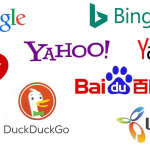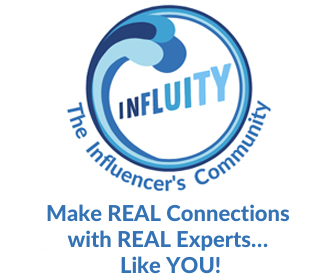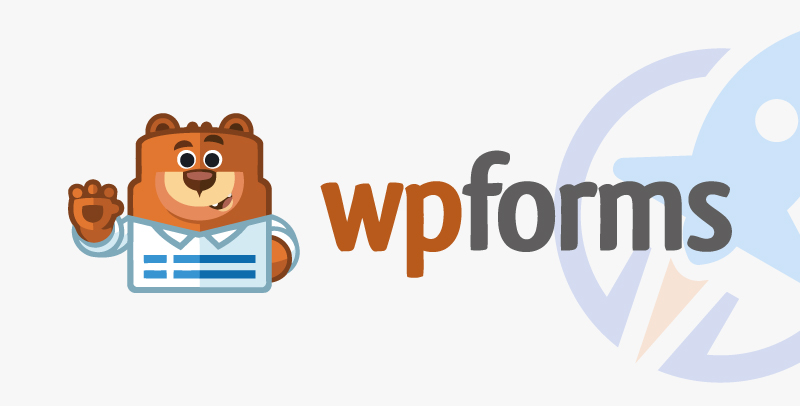
In B2B marketing, “demand generation” gets tossed around almost as much as “leads.” It is often defined through the activities that encourage individual prospects to turn into leads. As the world we sell in becomes more saturated and buyer journeys more complex, the right tools can significantly enhance the efficacy of your marketing efforts.
Although I believe tech should only be added once you’ve proven a need for it, let’s take a look at some of the more prominent tools available for generating demand. I have received $0 for these opinions and I always recommend that you find the best tools for your specific use case, regardless of how trendy they are.
Marketing automation and CRM
1. HubSpot
HubSpot integrates marketing automation, customer service, sales and operations software into a single solution. I’m a huge fan of this platform (although I wish they’d notify us before updates happen). It’s invaluable for managing and nurturing leads, streamlining general marketing processes and delivering a clearer picture of your business’s state with polished dashboards, reports and integrations with almost every prominent product out there.
Why it’s valuable
HubSpot centralizes customer interactions and data, providing a single source of marketing truth that enables stronger and more personalized marketing at scale. It is beyond user-friendly and offers powerful automation capabilities that can make even the smallest marketing teams operate like the big players.
From automating email campaigns based on user behavior to tracking individual interactions across every touchpoint, HubSpot supports all the functions that help build demand. I think HubSpot has outpaced any other offering in the space and will soon be the go-to player for all things GTM.
Dig deeper: Lead generation and marketing automation: How they work together
AI-driven communication and content tools
2. ChatGPT Pro
If you’ve read my past contributions, you know how much I believe using ChatGPT Pro as a brainstorming tool can help you move faster and more efficiently. It’s designed to facilitate human-ish communication and can be one of your most effective teammates for elaborating on ideas or uncovering gaps in your competition’s content.
Why it’s valuable
Think of ChatGPT as a brainstorming mechanism that can take conversational-type input and organize your thoughts, sometimes better than you can. I love using AI for validating demand-gen activities or campaigns and seeing what more I can pull from my initial ideas without ever having to hop on a call.
While I rarely recommend that marketers rely on it exclusively for content creation, it can also help guide your ideas and help take you 40%-50% of the way significantly faster. Plus, with the number of enhancements that come out almost weekly, it’s quickly turning into a powerhouse once you learn how to take it to the next level.
Dig deeper: 3 proven ways to use ChatGPT to beef up your content strategy
3. Originality.ai
With the rise of AI-generated content across all markets, Originality.ai offers a vital service by helping ensure the authenticity of your content — sometimes saving you a world of headaches.
Why it’s valuable
Let’s say you’re contracting in some content or your team has to use AI to keep up with the ideal output required for success. A tool like Originality.ai becomes your best friend for sniffing out the monotonous AI-generated content and identifying the areas where you can add your specific, unique POV to make each piece more authentic to you and your brand.
Social media and SEO management
4. Oktopost
Oktopost specializes in managing social media for B2B companies. Its tools are designed to track and enhance social media’s impact on business growth.
Why it’s valuable
Oktopost is a must-have for teams of all sizes looking to expand their knowledge of social media. This platform is instrumental in managing, monitoring, and measuring the effectiveness of social campaigns and can report how they contribute to lead generation and revenue.
It is a valuable tool for having your entire go-to-market (GTM) organization stay active and cohesive on LinkedIn. It helps by scheduling posts for your team, measuring engagement and motivating your sales team to maintain a consistent posting schedule. Oktopost has been an asset at every company I’ve worked at.
5. Ahrefs
Ahrefs is my favorite SEO tool, period. But yes, others will suffice when it comes to nailing down SEO.
Why it’s valuable
Ahrefs gives you the best understanding of your market’s search landscape, tracking the results from your competitors and helping optimize your content to improve organic search performance. With the best backlink analytics, the easiest way to ensure you’re not competing with your keywords, a plethora of wizardly competitor analytics and more granularity in the opportunities within individual queries, I am an Ahrefs fanboy. It just works.
Website optimization and personalization
6. Lucky Orange
Lucky Orange provides real-time analytics and screen recording tools to understand how users interact with your website.
Why it’s valuable
Heatmapping is necessary to understand how to approach conversion rate optimization, and Lucky Orange offers insights that can help you and your team improve site performance. It lets you see exactly what your visitors are doing on your site. Creepy? Yes. Necessary? 100%.
Whether it’s your entire website or a specific landing page, you can find out where users click, how far they scroll and where their cursor tends to hover. This gives you actionable data to enhance user experiences and better encourage the ideal behavior you’re targeting.
7. Drift
While we can all have differing opinions on chatbots, one thing remains certain: people still engage with them. Drift is the OG for customer interactions, as they pioneered the concept of integrating conversational marketing and sales platforms to facilitate real-time conversations with potential customers on your site.
Why it’s valuable
Drift’s conversational AI helps guide customers through the buying process with chatbots and personalized messaging, enhancing the speed and probability of conversion. Once you have someone on your site, you want to engage with them authentically and quickly.
Although there’s a steep entry fee, Drift makes it easy to tap into visitor intelligence and dynamically personalize the interactions — literally picking up conversations from where they left off on each visit. If you have nailed your ICP, this can be a big driver of engagement and increase demand for your product at all levels.
Creative content development
8. Canva
I am not afraid to say that Canva has had one of the most incredible business underdog stories ever. They took on the King Kong of creative development with a tool that does less, and they are winning big time. Why? They know exactly who their audience is.
Why it’s valuable
Canva claims to democratize design for non-designers, enabling teams to create professional-looking graphics quickly and without the need for specialized training. Thanks to their continual enhancements, they make the time to design much faster, whether you’re a designer or not.
So much of what we marketing folks focus on in demand generation relies on creative and visual elements. Canva makes it easier and quicker — all with a cheaper price tag than the competition. You won’t be able to create commercial-ready videos as you can with other purpose-built products, but for most B2B teams, Canva accomplishes 95% of what you’ll ever need for things in-house.
Dig deeper: 4 AI tools to supercharge visual content creation
Advanced advertising and marketing operations
9. Metadata.io
Metadata.io automates the entire process of digital advertising campaigns, now even using AI to optimize your ad delivery and audience targeting.
Why it’s valuable
My favorite part about Metadata.io is that they recognized the terrible interfaces these social media platforms equip marketers with when it comes to forking over thousands of dollars in ad spend and chose to deliver an interface you’ll never have to leave. Yep, you can create and deploy all your ads directly from Metadata.io and get all sorts of reporting metrics by clicking a button.
Say goodbye to platform analytics and hello to a significantly clearer picture of what’s going on with your ads across every platform. A close second to the massive problem they solved is how they approached experimentation. With Metadata.io, marketing teams can save days of work by creating ad variations and automatically launching experiments with the click of a button. If you haven’t tried this, I recommend checking them out.
I strongly believe there’s a strategic time to implement such a comprehensive advertising platform to your tech stack and highly recommend you know exactly what your message is, who your audience is and where they live daily to get the maximum ROI from a tool as beastly as this.
Conclusion
As demand generation continues to be a goal for every marketing team, you should explore the many technology solutions that can help streamline or enhance all marketing initiatives.
Remember, before exploring software to solve your challenges with growing demand, you should look inwardly and ensure your lack of knowledge around your ICP isn’t the reason for any performance issues. The best marketing starts with the marketers themselves; tools are simply here to scale activities and campaigns more effectively.
The post 9 must-have tools for demand gen marketing appeared first on MarTech.













